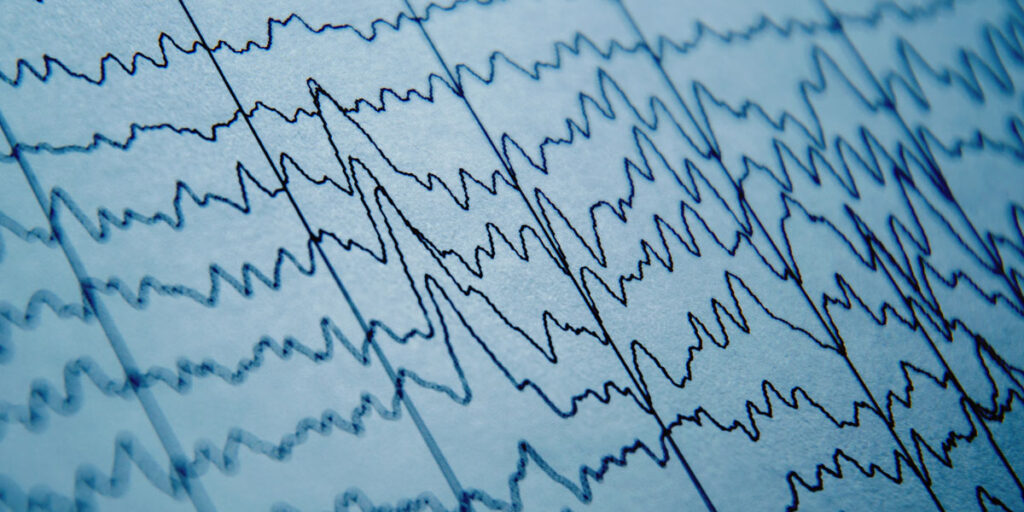Chronic pain is a common problem people face in their daily lives. So common, in fact, that more than one-third of the US adult population—35% of us—suffer from chronic pain. And chronic pain takes its toll: obviously, it affects our bodies, but also our minds and even our emotional well-being.
Is qEEG Right For You? Click Here to Learn More.
There are many causes of these conditions, but the methods of managing and treating pain differ depending on what the cause of the pain is. There are, therefore, several approaches to treating pain. One of these methods is quantitative Electroencephalography—which, thankfully, is abbreviated qEEG. Let’s take a closer look at this solution.
qEEG is a non-invasive, valuable tool for providing reliable information about how the brain is functioning. qEEG has been applied to assess brain functioning in several chronic pain syndromes. Although many studies have shown that there are some common characteristics among individuals suffering from various causes of pain. There is a clear connection between the mind and body: qEEG provides your doctor with a quantitative way to assess this interaction.
An EEG test detects abnormalities in the brain waves, or in the electrical activity of the brain. During the procedure, electrodes made of small metal discs and wires are pasted to the scalp. The electrodes detect tiny electrical charges that brain cells produce. The electrodes amplify the charges and display them on a graph for the doctor to interpret. The doctor will analyze the waveforms and any examples of bursts of energy and responses to stimuli such as flashing lights.

Anomalies in a qEEG graph can assist a doctor in identifying the source of pain and prescribe treatment options.
The qEEG we use at Cutting Edge uses a simple cap, which means no individual electrodes, so the process is painless. There is no energy introduced into the patient’s body nor is there any attempt to “change their thoughts” (this is not electroconvulsive therapy).
In addition to providing data on the brain’s electrical behavior, EEG is a portable and low-cost device compared to other neurophysiological assessment techniques. Patients don’t need to lay down, and there is no need for metallic implants: so anyone with a prosthetic device can pursue this course of treatment.
Now, you should know that despite its advantages, there are some limitations. EEG data are sensitive to outside artifacts like electromagnetic environmental factors, the quality of the data is dependent on the evaluator’s knowledge, and the technique has shown limited accuracy in deep brain structures.
qEEG is used to assess brain functioning concerning chronic pain syndromes. Though many studies have shown there are common characteristics among those with chronic pain, data is still somewhat inconclusive.
qEEG can be a simple, objective tool for studying the causes of chronic pain, identifying specific characteristics of chronic pain conditions and providing insights about appropriate next steps for patients seeking therapy. It gives a baseline for a number of therapies such as neurofeedback, transcranial direct current stimulation, and deep transcranial magnetic stimulation. In other words, qEEG provides a road map of what the next steps are for treatment.


